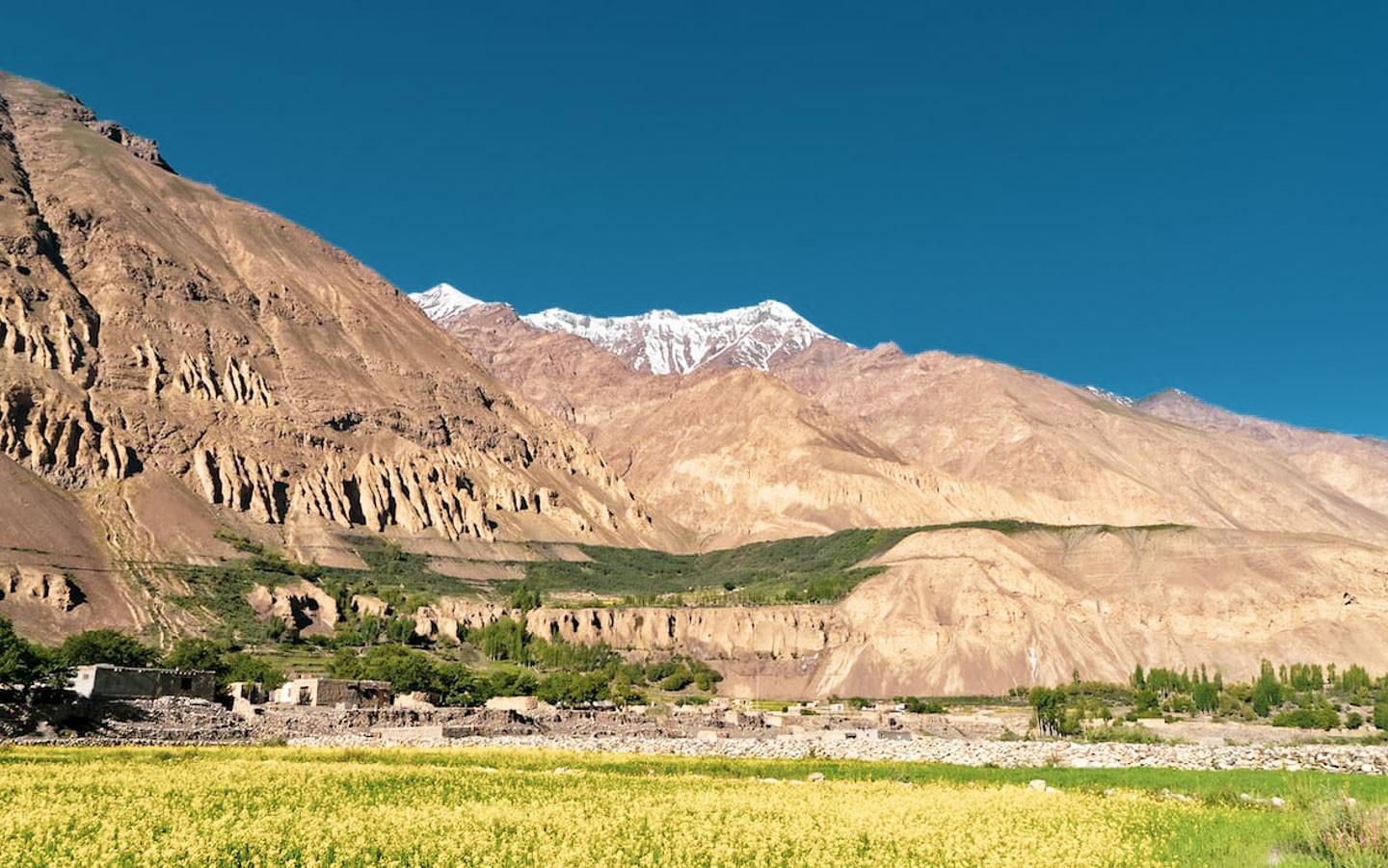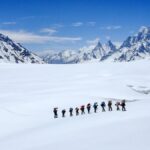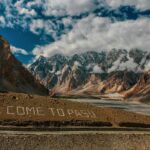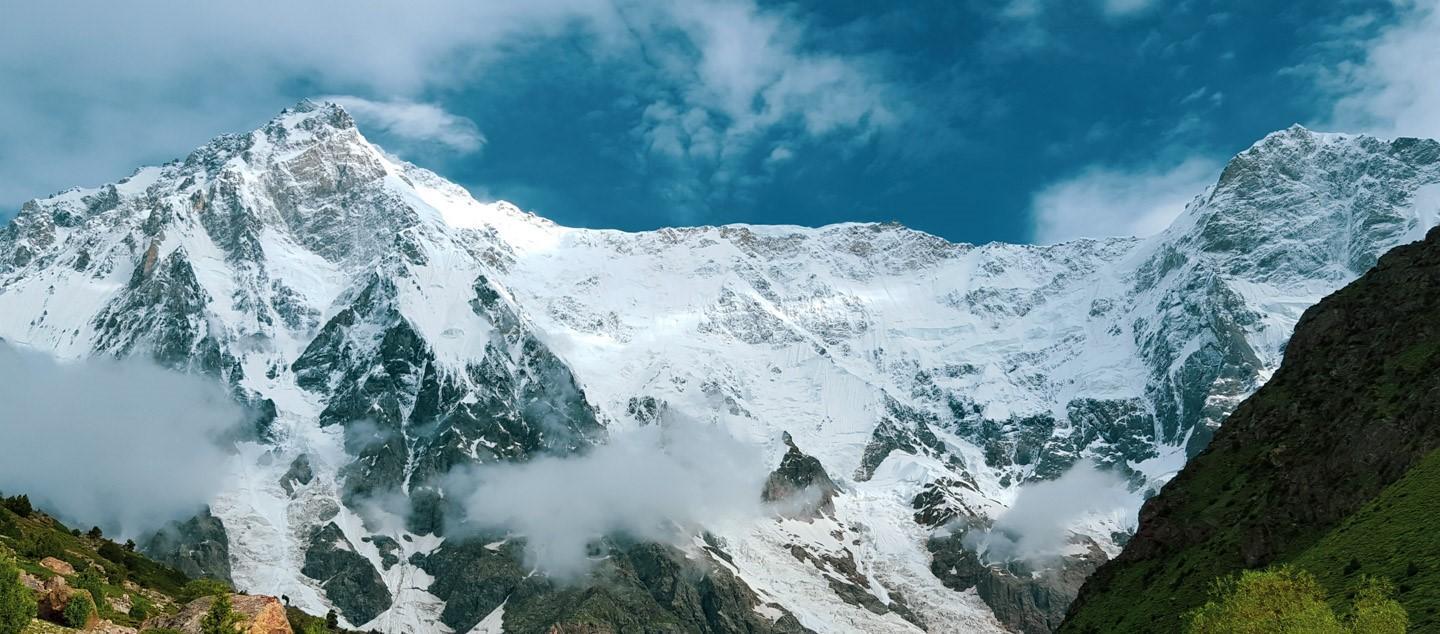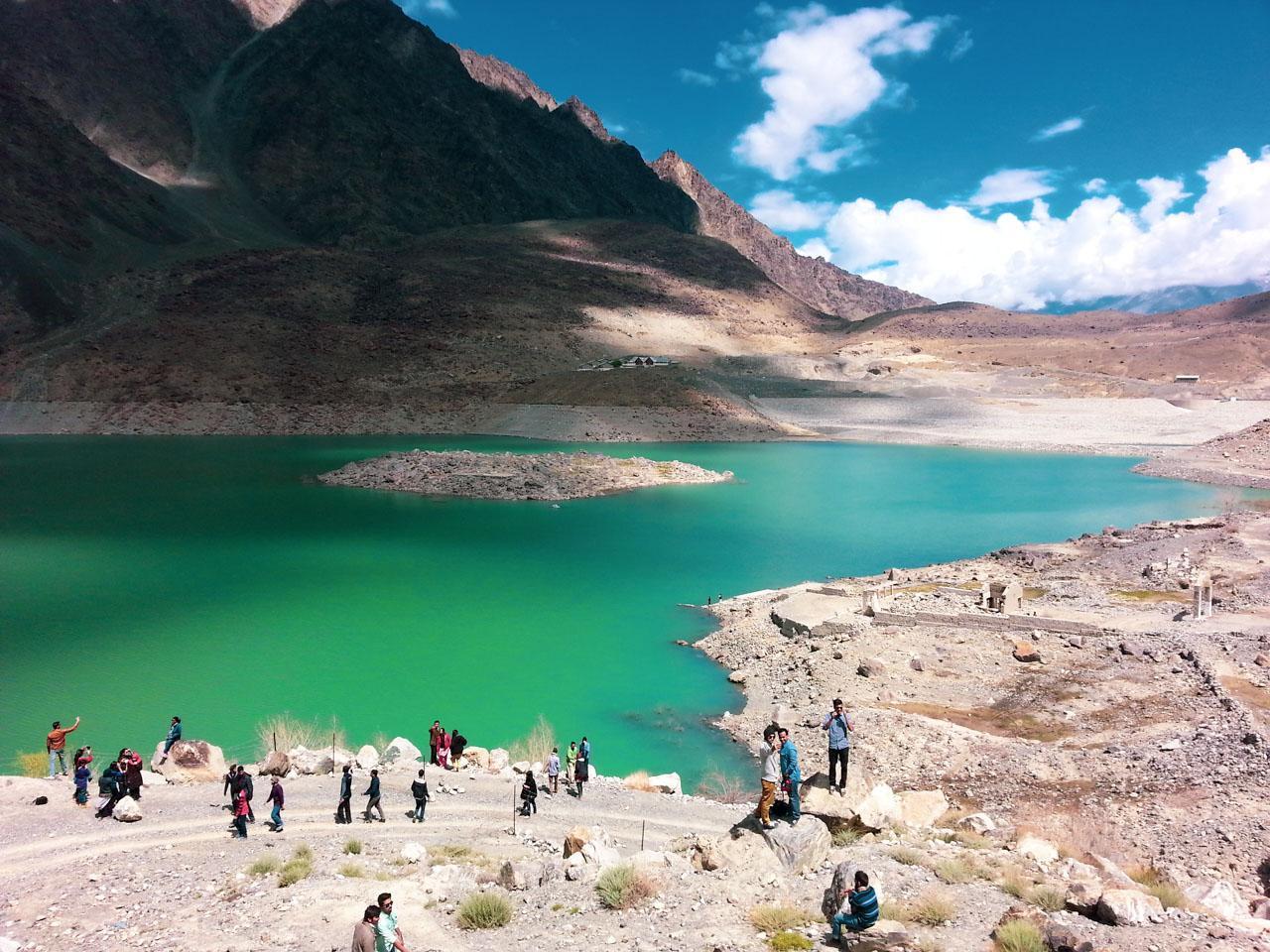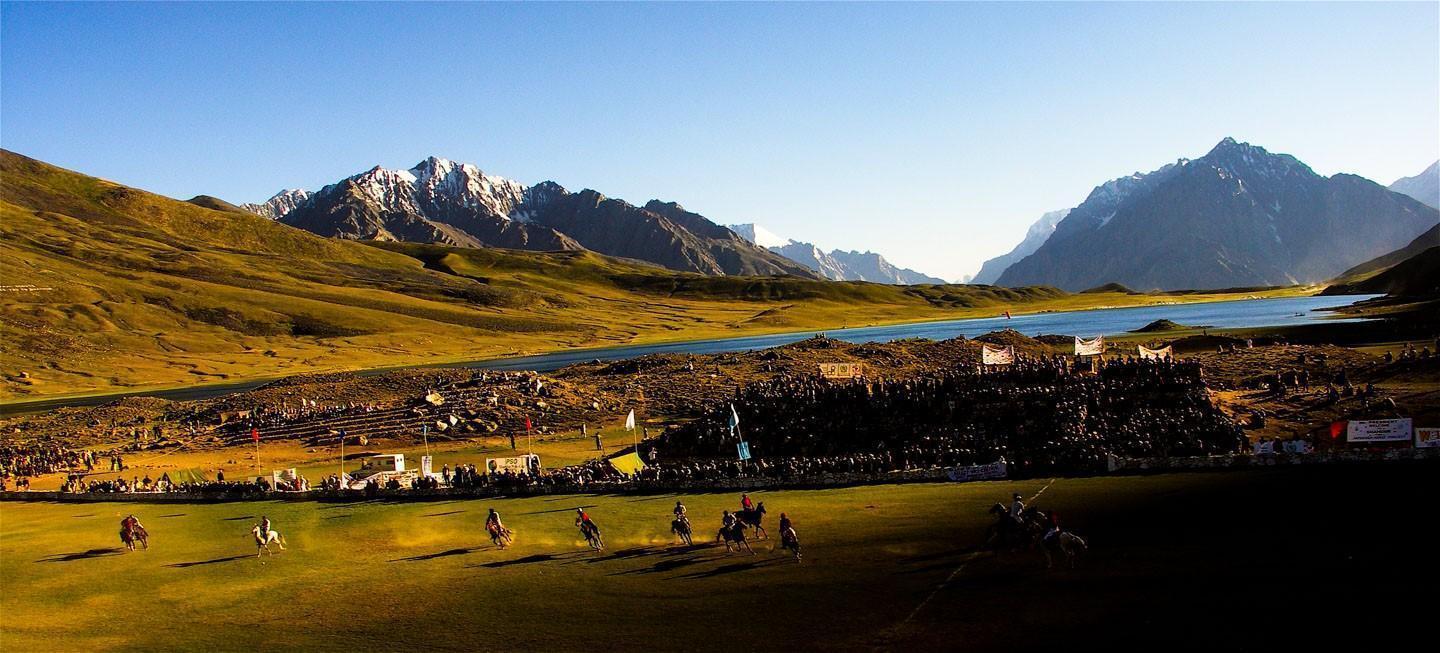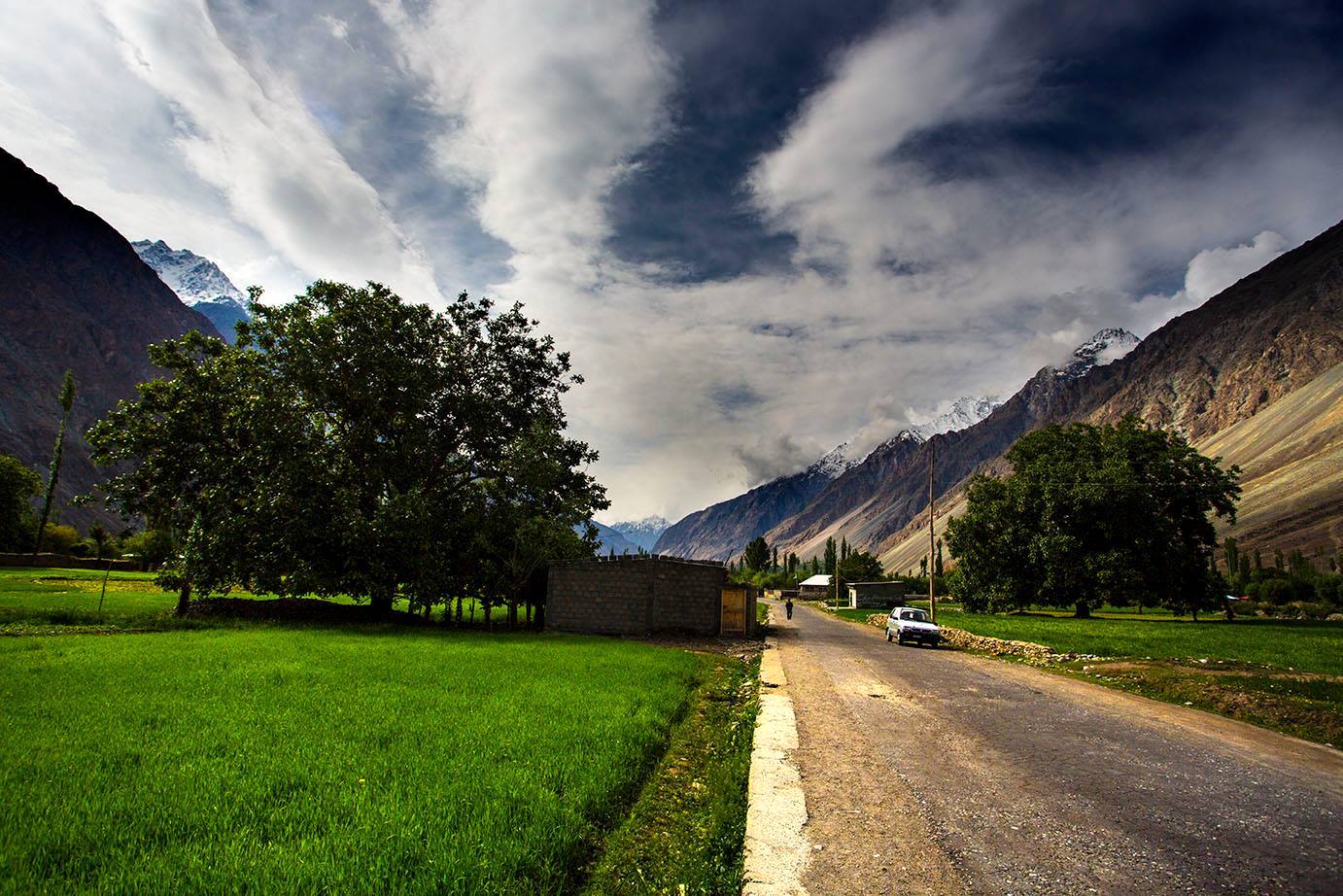Shimshal Valley is a magnificent and breathtaking valley located in the northernmost part of Pakistan, in the Karakoram range. This beautiful valley is a paradise for nature lovers and adventure seekers, with its stunning scenery, crystal-clear rivers, majestic peaks, and rich culture. This blog aims to take you on a virtual tour of Shimshal Valley, highlighting its unique features, attractions, and activities.
This Valley is situated at an altitude of over 3000 meters and covers an area of around 3000 square kilometers. It is home to the Shimshalis, a unique and hospitable community of people who have preserved their culture and traditions for centuries. The valley is surrounded by some of the world’s highest peaks, including K2, the second-highest mountain in the world.
Geography and Climate

The geography of Shimshal Valley is diverse and fascinating, ranging from rugged mountains and glaciers to lush green meadows and forests. The valley is fed by numerous streams and rivers that flow into the Hunza River, one of the main tributaries of the Indus River.
The climate is cold and dry, with long winters and short summers. The temperature can drop to as low as minus 20 degrees Celsius in winter, while in summer, it rarely goes above 20 degrees Celsius. The best time to visit is from June to September when the weather is mild, and the valley is in full bloom.
Attractions and Activities

It is a haven for adventure enthusiasts and nature lovers. Here are some of the top attractions and activities to enjoy in the valley:
1. Trekking and Mountaineering
Shimshal Valley offers some of the most challenging and rewarding trekking and mountaineering opportunities in the world. The valley is surrounded by numerous peaks, including Minglik Sar, Yazghil Sar, and Lupghar Sar, that offer excellent climbing opportunities. The most famous trek in the valley is the Shimshal Pass Trek, which takes you to the Chinese border via the 4735m high Shimshal Pass.
2. Cultural Experience
The Shimshalis are a hospitable and warm community of people who have preserved their culture and traditions for centuries. A visit to Shimshal Valley offers a unique opportunity to experience their way of life, taste their delicious cuisine, and learn about their rich history and traditions.
3. Wildlife Watching
This is home to a diverse range of wildlife, including the Snow Leopard, Brown Bear, Ibex, and Marco Polo Sheep. The valley is also home to numerous bird species, including the Golden Eagle, Lammergeier, and Himalayan Snowcock.
4. River Rafting and Fishing
The Hunza River, which flows through the Valley, offers excellent opportunities for river rafting and fishing. The river is known for its crystal-clear water and abundant trout fish.
5. Camping and Hiking
This Valley offers some of the most picturesque and serene camping and hiking spots in the world. The valley is dotted with numerous alpine lakes and green meadows that offer a peaceful and tranquil atmosphere.
Conclusion
Shimshal Valley is a hidden gem that is waiting to be explored. Its stunning scenery, unique culture, and diverse range of activities make it a must-visit destination for any adventure seeker or nature lover. Whether you want to climb a mountain, experience a new culture, or simply relax in the lap of nature, it has something for everyone.
Explore More: Rupal Valley | Passu Cones | Shandur Pass
FAQs
What is the best time to visit Shimshal Valley?
The best time to visit Shimshal Valley is from June to September when the weather is mild, and the valley is in full bloom.
How do I get to Shimshal Valley?
Shimshal Valley can be reached by a 4×4 jeep from the nearby town of Passu, which is connected to the Karakoram Highway.
Is it safe to travel to Shimshal Valley?
Yes, Shimshal Valley is considered a safe and peaceful place to visit. However, it is always recommended to follow local customs and respect the culture of the Shimshali people.
What should I wear when visiting Shimshal Valley?
Visitors are advised to dress in warm and comfortable clothing, as the weather can be cold and unpredictable. It is also recommended to wear comfortable hiking boots and carry rain gear.
Are there any restrictions on trekking and mountaineering in Shimshal Valley?
Trekking and mountaineering in Shimshal Valley are subject to permits and regulations set by the local authorities. Visitors are advised to obtain the necessary permits and follow the rules and regulations to ensure a safe and enjoyable experience.
Is there a road to Shimshal Valley?
Yes, there is a road that leads to Shimshal Valley. The Shimshal Road is a narrow and winding unpaved road that is considered one of the most dangerous roads in the world due to its steep terrain and precarious conditions.
What is the Pamir region in relation to Shimshal Valley?
The Pamir region is in the eastern part of Tajikistan, and it is connected to Shimshal Valley by the Pamir Highway, which is one of the highest roads in the world.
Is there a trekking route in Shimshal Valley?
Yes, there are several trekking routes in Shimshal Valley that lead to some of the most breathtaking mountain views in the world. The trekking routes range from easy to difficult, depending on the level of experience and fitness of the hikers.
Is there a bridge in Shimshal Valley?
Yes, there is a suspension bridge in Shimshal Valley that connects the two sides of the valley. The bridge is called the Shimshal Pass Bridge, and it is one of the longest suspension bridges in the world, spanning over 200 meters.
